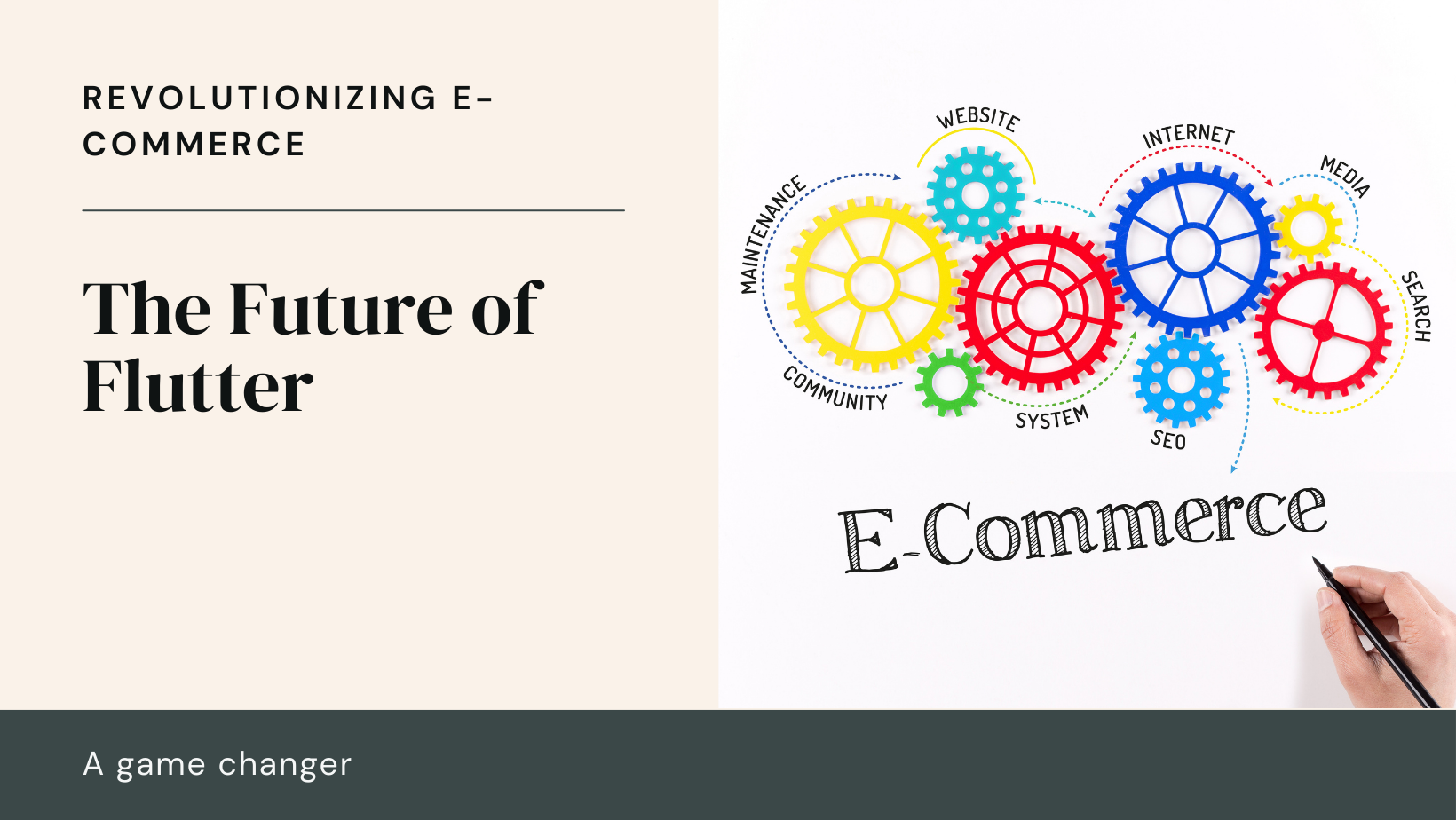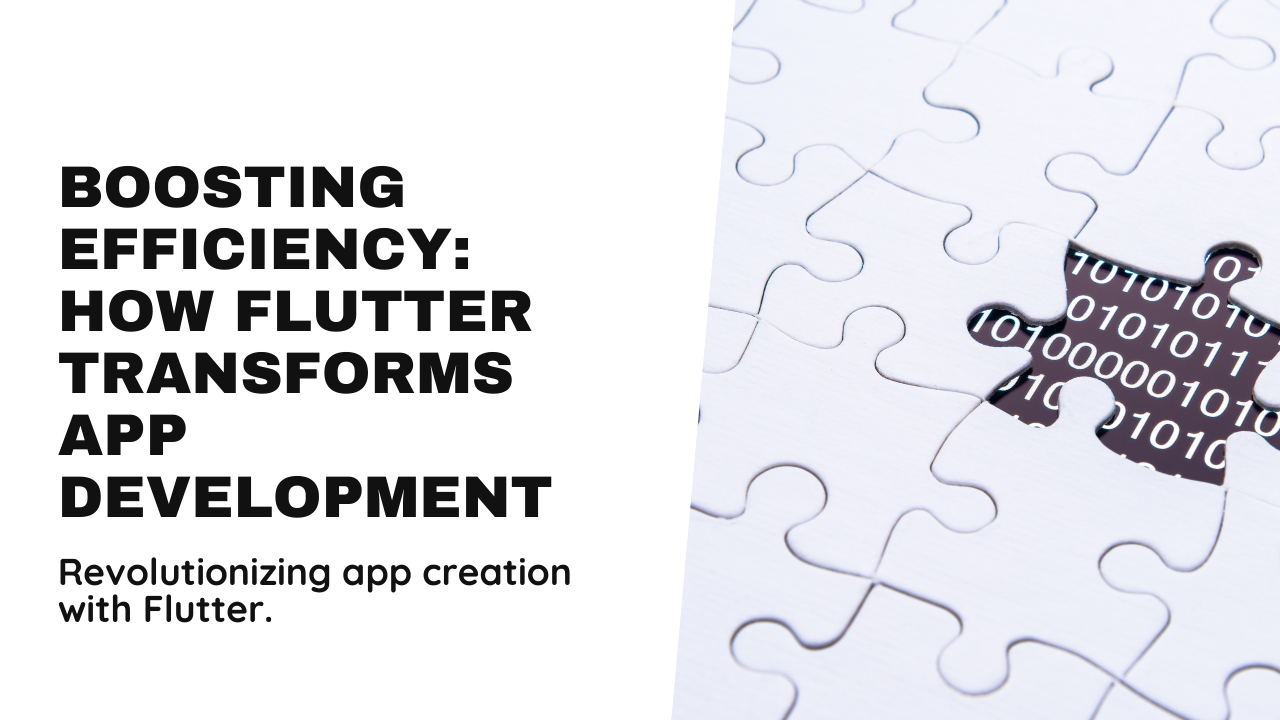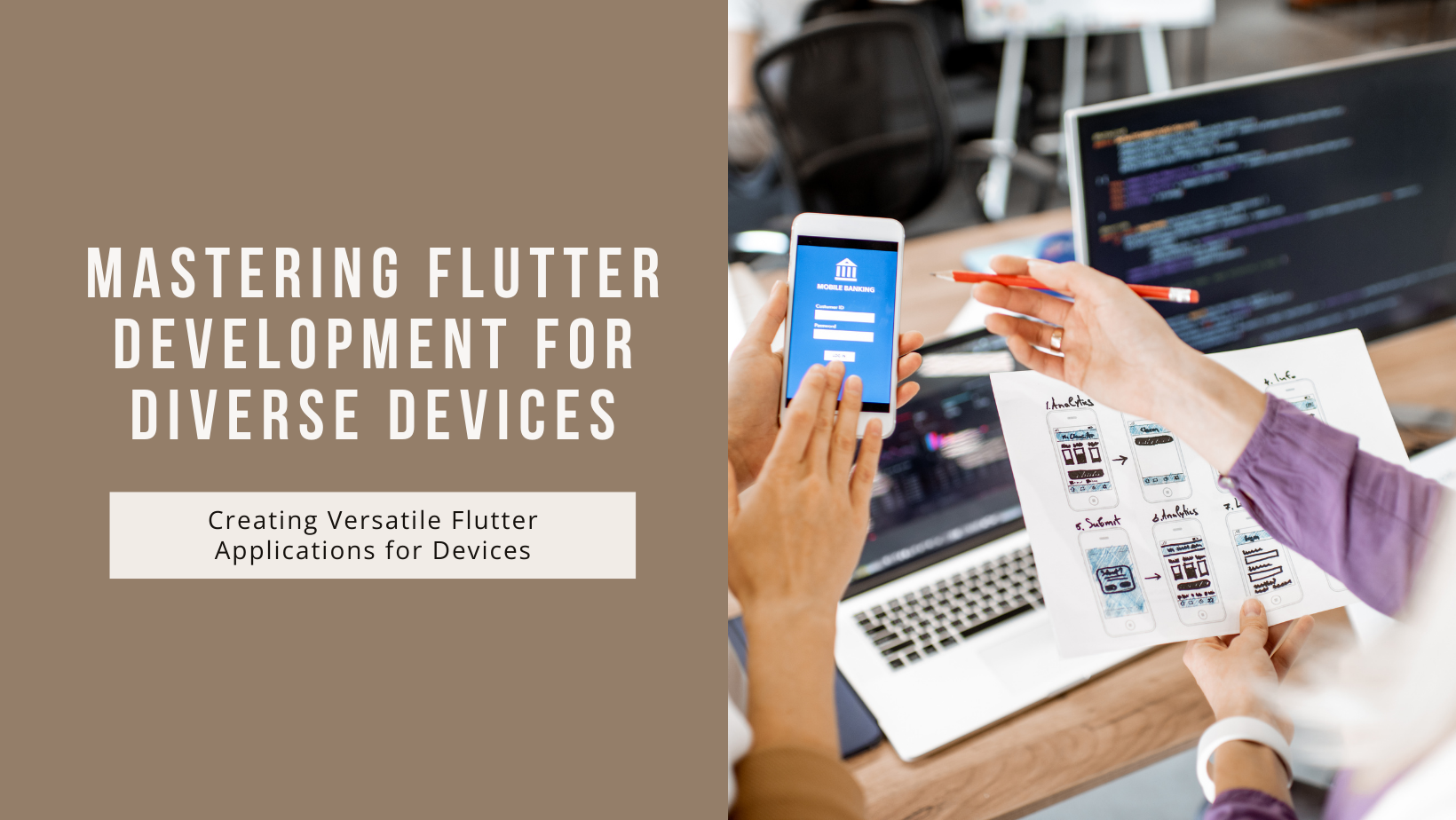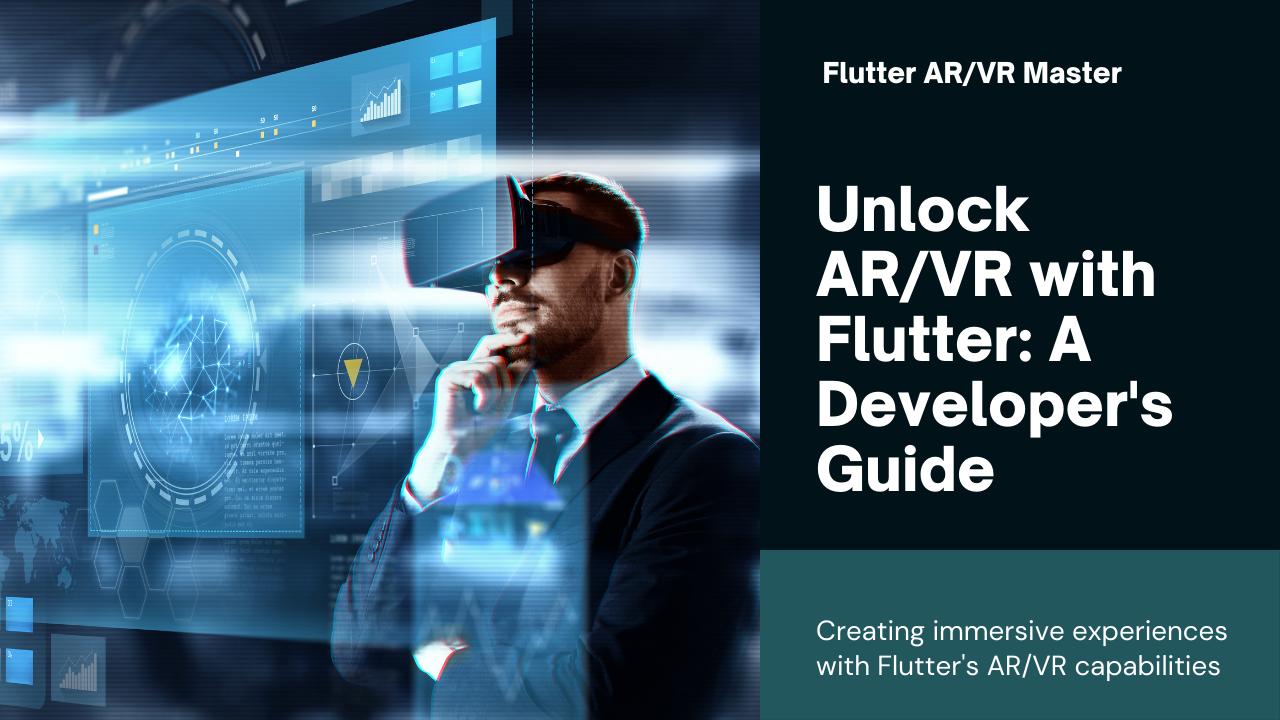As the digital landscape evolves, the demand for seamless and engaging e-commerce experiences continues to grow. Flutter, Google’s open-source UI toolkit, has rapidly gained traction as a powerful solution for building natively compiled applications for mobile, web, and desktop from a single codebase. This blog explores the future of Flutter in the e-commerce sector, examining its current impact, emerging trends, and the potential it holds for revolutionizing online shopping experiences.
Why Flutter is Gaining Popularity in E-commerce
Cross-Platform Development
One of Flutter’s standout features is its ability to facilitate cross-platform development. By allowing developers to write a single codebase that runs on both iOS and Android, Flutter eliminates the need for separate development teams and codebases for each platform. This not only reduces development costs but also accelerates time-to-market for e-commerce applications, making it an attractive option for businesses aiming to reach a broad audience quickly.
Rich User Interfaces
Flutter’s extensive widget library and customizable UI components enable the creation of rich and visually appealing interfaces. In e-commerce, where user experience and aesthetics play a crucial role in driving sales, Flutter’s ability to create smooth, high-performance, and visually engaging applications is a significant advantage. The framework supports complex animations and transitions, enhancing the overall shopping experience and making apps more engaging and interactive.
Performance Efficiency
Performance is critical for e-commerce apps, which often handle large volumes of data and complex user interactions. Flutter’s architecture allows for high-performance rendering, with its direct compilation to native code and efficient GPU usage. This results in smooth scrolling, quick load times, and responsive interactions, all of which contribute to a better user experience and potentially higher conversion rates.
Emerging Trends in Flutter for E-commerce
Integration with AR/VR
Augmented Reality (AR) and Virtual Reality (VR) are transforming the e-commerce landscape by providing immersive shopping experiences. Flutter’s growing support for AR/VR technologies enables businesses to integrate these features into their apps. For instance, virtual try-ons for fashion and makeup products or interactive 3D product views can significantly enhance user engagement and satisfaction. As AR/VR technology becomes more accessible, Flutter’s capabilities in these areas will likely expand, offering new opportunities for e-commerce innovation.
Enhanced Personalization
Personalization is a key trend in e-commerce, and Flutter is well-equipped to support this. By integrating advanced analytics and machine learning models, Flutter apps can deliver personalized content and product recommendations based on user behavior and preferences. Features like customized home screens, tailored product suggestions, and personalized marketing messages help in creating a more engaging and relevant shopping experience for users.
Voice Commerce Integration
Voice commerce, or v-commerce, is on the rise as voice-activated devices become more common. Flutter’s support for integrating with various voice recognition technologies and APIs can help e-commerce businesses tap into this trend. Implementing voice search, voice-assisted shopping, and conversational interfaces in Flutter apps can offer users a hands-free and convenient shopping experience, catering to the growing demand for voice interactions.
Progressive Web Apps (PWAs)
Progressive Web Apps (PWAs) combine the best of web and mobile applications, providing a native app-like experience on the web. Flutter’s capabilities for building PWAs are becoming increasingly robust, allowing e-commerce businesses to create fast, reliable, and engaging web applications. PWAs offer benefits such as offline access, push notifications, and improved performance, making them a valuable addition to an e-commerce strategy.
Challenges and Considerations
Adapting to Rapid Technological Changes
The e-commerce sector is characterized by rapid technological advancements and shifting consumer preferences. Staying ahead of these changes can be challenging. Flutter’s evolving ecosystem and frequent updates mean that developers need to stay informed about the latest features and best practices. Regularly updating Flutter apps to leverage new capabilities and maintaining compatibility with emerging technologies is crucial for long-term success.
Managing Complexity
While Flutter simplifies cross-platform development, managing the complexity of a feature-rich e-commerce application can still be challenging. Integrating various functionalities, such as payment gateways, inventory management systems, and third-party services, requires careful planning and implementation. Leveraging Flutter’s modular architecture and best practices for code organization can help in managing this complexity effectively.
Ensuring Security
Security is a top priority for e-commerce applications, given the sensitive nature of customer data and financial transactions. Flutter provides tools and practices for building secure apps, but developers must remain vigilant about potential security threats. Implementing robust authentication mechanisms, secure data storage, and encryption practices are essential for protecting user information and ensuring compliance with industry standards.
Case Studies: Successful E-commerce Projects with Flutter
Case Study 1: Fashion Retailer
A leading fashion retailer adopted Flutter to develop a cross-platform app that offered a seamless shopping experience across iOS and Android devices. The app featured an intuitive interface, smooth animations, and integrated AR try-on features, allowing users to visualize how clothes would look on them before making a purchase. The result was a significant increase in user engagement and a boost in conversion rates.
Case Study 2: Electronics Store
An electronics store used Flutter to create a high-performance e-commerce app with a focus on product discovery and personalized recommendations. The app integrated machine learning algorithms to provide tailored product suggestions based on user preferences and browsing history. This personalization led to higher customer satisfaction and increased average order values.
Case Study 3: Beauty Products Brand
A beauty products brand leveraged Flutter to build a PWA that combined the functionality of a native app with the accessibility of a web application. The PWA offered offline access, fast load times, and a consistent user experience across devices. The brand saw improved user retention and engagement, as well as a reduction in bounce rates due to the enhanced performance and accessibility of the PWA.
Looking Ahead: The Future of Flutter in E-commerce
Continued Innovation
As Flutter continues to evolve, its capabilities in the e-commerce sector are likely to expand. Future updates may include enhanced support for emerging technologies, improved integration with third-party services, and new tools for creating more engaging and personalized shopping experiences. Businesses that adopt Flutter early and leverage its growing features will be well-positioned to capitalize on these innovations.
Expanding Market Reach
Flutter’s cross-platform capabilities enable e-commerce businesses to reach a global audience efficiently. As more companies recognize the benefits of Flutter for developing high-quality, cost-effective applications, its adoption in the e-commerce sector is expected to increase. This broader adoption will drive further improvements and create new opportunities for businesses to enhance their digital presence.
Conclusion
The future of Flutter in e-commerce is promising, with its cross-platform capabilities, rich UI features, and performance efficiency offering significant advantages for businesses in the sector. Emerging trends such as AR/VR integration, enhanced personalization, and voice commerce are set to further enhance the potential of Flutter in creating innovative and engaging e-commerce experiences. By addressing challenges such as rapid technological changes, complexity, and security, and leveraging successful case studies, businesses can effectively harness Flutter’s capabilities to stay ahead in the competitive e-commerce landscape.







